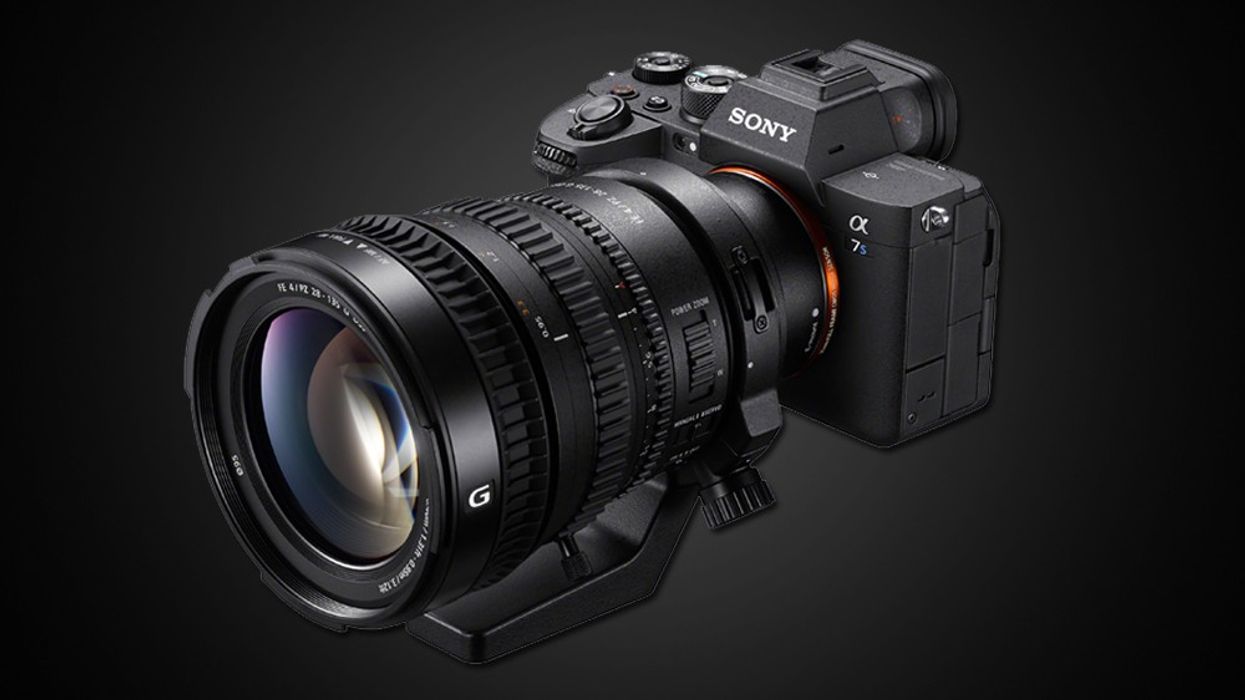
It's been a long 5-year journey for those waiting for an a7S II follow-up, but Sony has finally announced the a7S III, a full-frame mirrorless camera that incorporates a modest refresh that's sure to appeal to Sony shooters both new and old. But did expectations fall short? Short answer: no.
My viewpoint about the technical side of the industry as a whole is to embrace change, challenge it when it doesn't make sense, and educate others so those who come next are better off. That last part is important to me. Education. And the great thing is it doesn't have to be important to you.
When it comes to the tools filmmakers use to tell stories, to me, they are just tools. They are nothing until you, the filmmaker, puts them in motion. It's humdrum to see creators aggressively root for one company over another, or complain about a missing spec, or a spec that may not be perfect. Now, that's not to say there shouldn't be critical analysis. There definitely should be.
But tools constantly change and evolve. It's not like the Sony a7S III, Panasonic S1H, or Canon EOS R5 is going to be the last hybrid digital camera that's ever made by that company. Generally, they won't be. Sorry, Olympus. The tools are going to improve. And there is no perfect camera for everybody in 2020. And there probably won't be a perfect camera in 2120.
There are shooters who love Sony, Canon, Nikon, Panasonic, or Fujifilm for one reason or another. That's okay. It's also okay to choose different tools that are not in front of you—to shoot on different hybrid camera bodies or on a dedicated cinema camera from ARRI, RED, or Blackmagic Design, etc. But that's just my opinion, which you can wholeheartedly disagree with. It's what makes this medium so interesting. We all have those we look to for inspiration or direction or knowledge. Creators continue to learn even as they grow older. It's not finite.
With the a7S III, there was early speculation that it would offer higher resolutions similar to the Panasonic S1H. That isn't the case as it tops out at 4K 10-bit 4:2:2. For those who didn't want higher resolution capabilities, you are most likely happy. For those who wanted more, you'll have to sit this version out.
With the release of the Canon EOS R5, more people are starting to recognize the drawbacks of trying to implement 6K or 8K into a camera body of this size. In order to do so, it needs a proper cooling system, internal fans, and most likely, a larger body. It's why many of the same manufacturers that develop hybrid cameras also make dedicated video cameras. The technology for hybrid cameras can only take it so far today. By trying to do two different things in one device, it ultimately limits itself.
If Sony wanted a jump in resolution with the a7S III, they probably would have needed to increase the camera size. Instead, Sony improved its back-illuminated Exmor R sensor with larger photosites to offer better dynamic range, better low light capabilities, and improved autofocus. How much better? We've seen some early images hit the web, and independent testing is soon to follow.
During the press briefing, Sony took a jab at Canon regarding the EOS R5 overheating and said the a7S III improved its cooling design allowing them to remove the recording limits on the majority of its video formats. According to Sony, the a7S III design has been updated "to ensure effective heat dissipation and [minimize] overheating—even during extended continuous recording sessions at 4K 60p 10-bit 4:2:2 video lasting an hour or more."
The test that Sony did to come to that conclusion was at XAVC S-I 10-bit 4:2:2 at 77° F (25 C°). While it's hard to compare a 12.1MP camera that only shoots 4K to a 45MP camera that shoots 8K, we'll have to see how the camera does outside in higher temperatures as previous Alpha cameras have overheated.
On paper, there is no recording limit for 4K up to 30p, while 4K 60p has a limit of one hour and 4K 120p has a limit of 20 minutes. If you want to shoot HD 240p, there are no limitations.
Whatever the case, the a7S III has 4K 4:2:2 10-bit up to 60p without a crop (10% crop when using IBIS) and 4K at 120p. That's what the majority of shooters are looking for in a camera right now. Better images at 4K resolution. If it's not what you're seeking, there are other options available in the hybrid and dedicated cinema camera space.














![Ethos, Pathos, Logos: 20 Effective Ways to Advertise [Infographic]](https://nofilmschool.com/media-library/ethos-pathos-logos-20-effective-ways-to-advertise-infographic.jpg?id=34064614&width=600&height=600&quality=90&coordinates=560%2C0%2C0%2C0)

